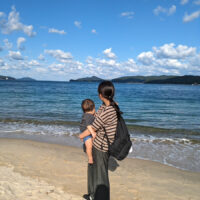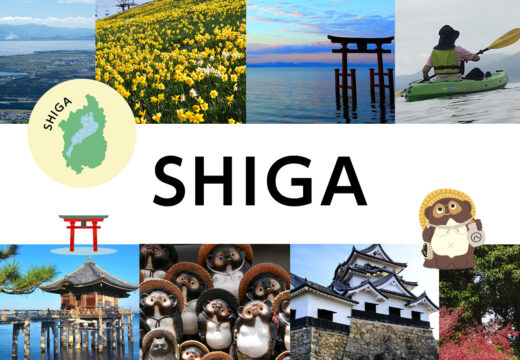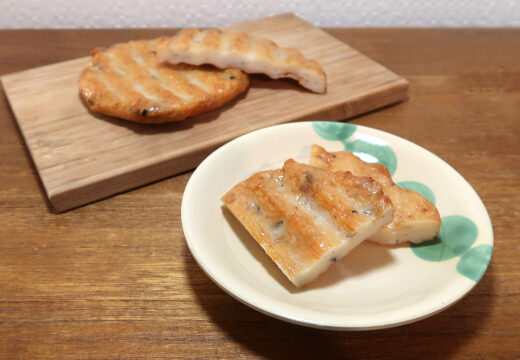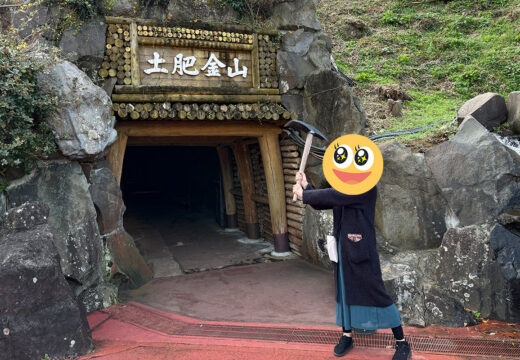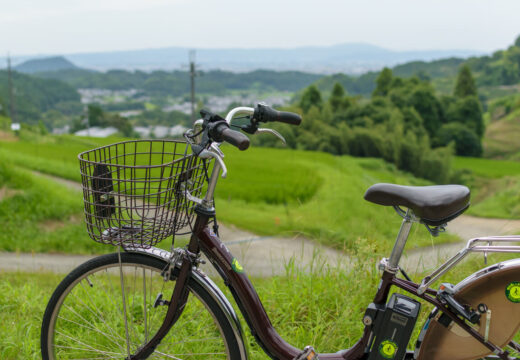Nikko is a good place to visit for autumn foliage and historical spots!
Category: Sightseeing
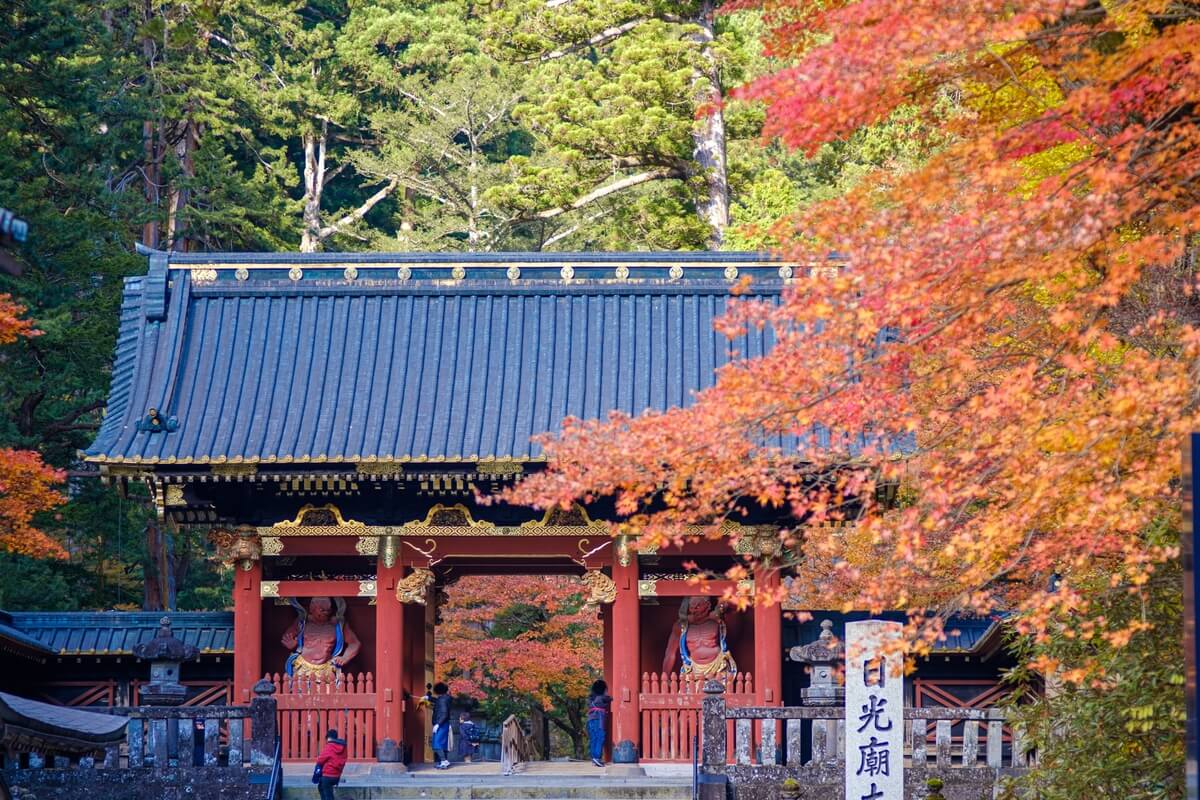
The Nikko area in Tochigi Prefecture is a popular tourist destination filled with nature and history, only a couple of hours from Tokyo. It is a hot spot visited by many tourists not only from Japan but also from overseas. The autumn foliage is especially breathtaking! So, let’s take a look at the history of Nikko, recommended spots, souvenirs, and gourmet foods.
What is Nikko? What kind of town?
Nikko City is located in the northwestern part of Tochigi Prefecture, north of Tokyo. It boasts the third largest area in Japan and is an area where visitors can enjoy nature in all four seasons, including mountains, rivers, waterfalls, and wetlands. It is also easily accessible from Tokyo, taking about 2 hours by express train or 3 hours by highway bus or car.
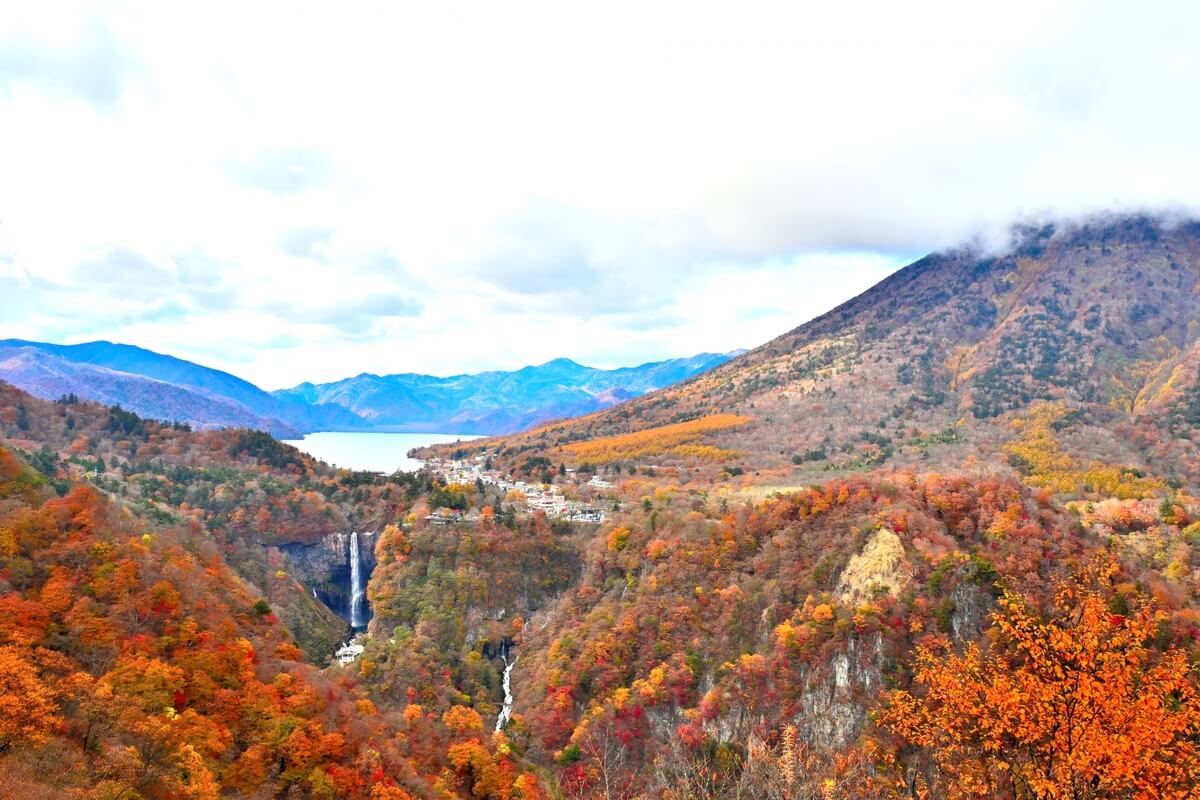
Nikko is home to the World Heritage-listed “Shrines and Temples of Nikko,” which is an ideal place to visit historical buildings in Japan. In addition to the atmospheric shrines and temples, visitors can also enjoy the spectacular scenery of fresh greenery and autumn leaves. The area is also one of the leading hot spring resorts in the Kanto region, and visitors can refresh themselves at Kinugawa Onsen and Oku-Nikko Yumoto Onsen.
History of Nikko
Shodo Shonin, who mastered Mt.Nikko
Nikko dates back to 766, when the Buddhist monk 勝道上人 (“Shodo Shonin”; hereafter referred to as “Shodo”), a priest of the Buddhist sect of Buddhism, founded a Buddhist temple in the city of Nikko.
When he was seven years old, Shodo was told by a deity who appeared to him in a dream, “From now on, you will learn the way of the Buddha, and when you grow up, you will open Nikko Mountain. ”He studied Buddhism in Nara, the capital of Japan at that time, and after much hardship, he built Shihonryuji Temple (now Rinnoji Temple) on Nikko Mountain.
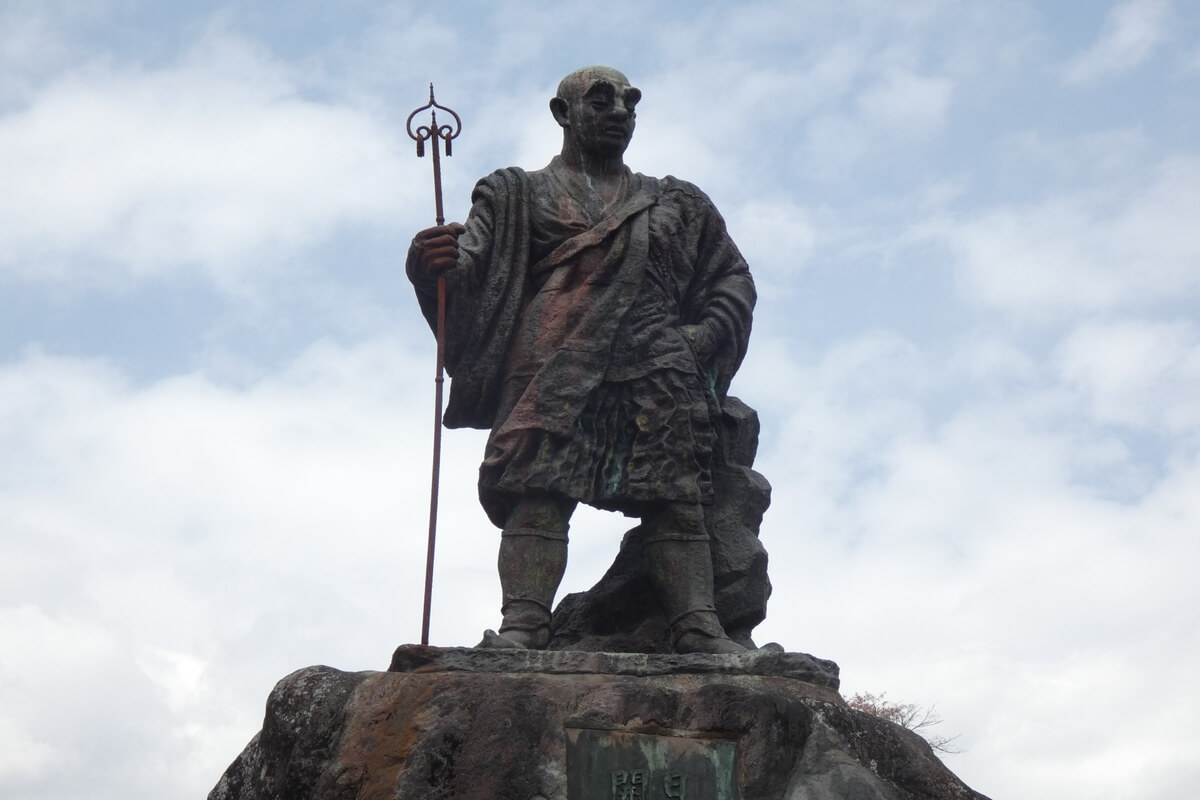
After the opening of Nikko, he set his sights on the summit of Mt. Futara (Nantai), and is said to have reached the summit on his third attempt in 782. To worship the gods at the summit, Chuzenji Temple (present-day Chuugu Shrine of Futarasan Shrine) was built, and many ascetic practitioners and monks from all over the Kanto region began to enter the mountain. It is said that Nikko was known as a sacred place and pure land of mountain worship, where gods and Buddha dwell in high mountains.
It was Shodo’s strong desire to “open Mt. Nikko” that made Nikko what it is today.
Toshogu Shrine dedicated to Tokugawa Ieyasu
A turning point in Nikko’s history was the construction of Nikko Toshogu Shrine in 1617 to worship Tokugawa Ieyasu, the founder of the Edo shogunate, as Tosho Daigongen. This made Nikko a sacred place to worship the ancestral spirits of the Tokugawa family, and even after Tokugawa Ieyasu’s death, it was reborn as a sacred place to support the authority of the shogunate and the Tokugawa family.
As successive generations of shoguns and feudal lords began to visit Nikko Toshogu, the shrine gradually expanded in size. Eventually, the general public began to visit Nikko Toshogu Shrine, and the area became crowded with worshippers as a gate town and inns were established.
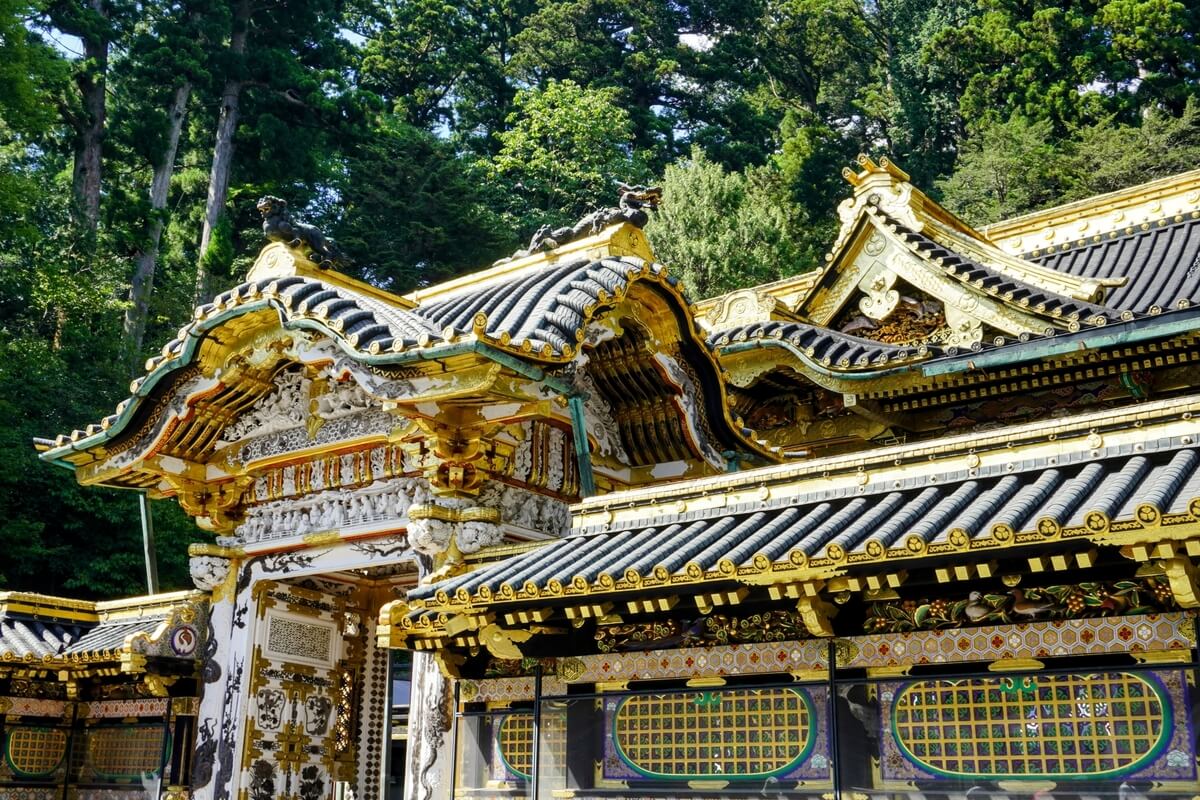
In 1999, Rinnoji Temple on Mt. Nikko, built by Shodo Shonin, Nikko Futaarasan Shrine, and Nikko Toshogu Shrine, dedicated to Tokugawa Ieyasu, were registered as a UNESCO World Heritage Site as “Shrines and Temples of Nikko.”
Nikko and shrines and temples are inseparably linked and are very important spots in Japanese history.
Why don’t you visit shrines and temples in Nikko while thinking about its long history of 1200 years?
Recommended Spots in Nikko
Nikko Toshogu Shrine
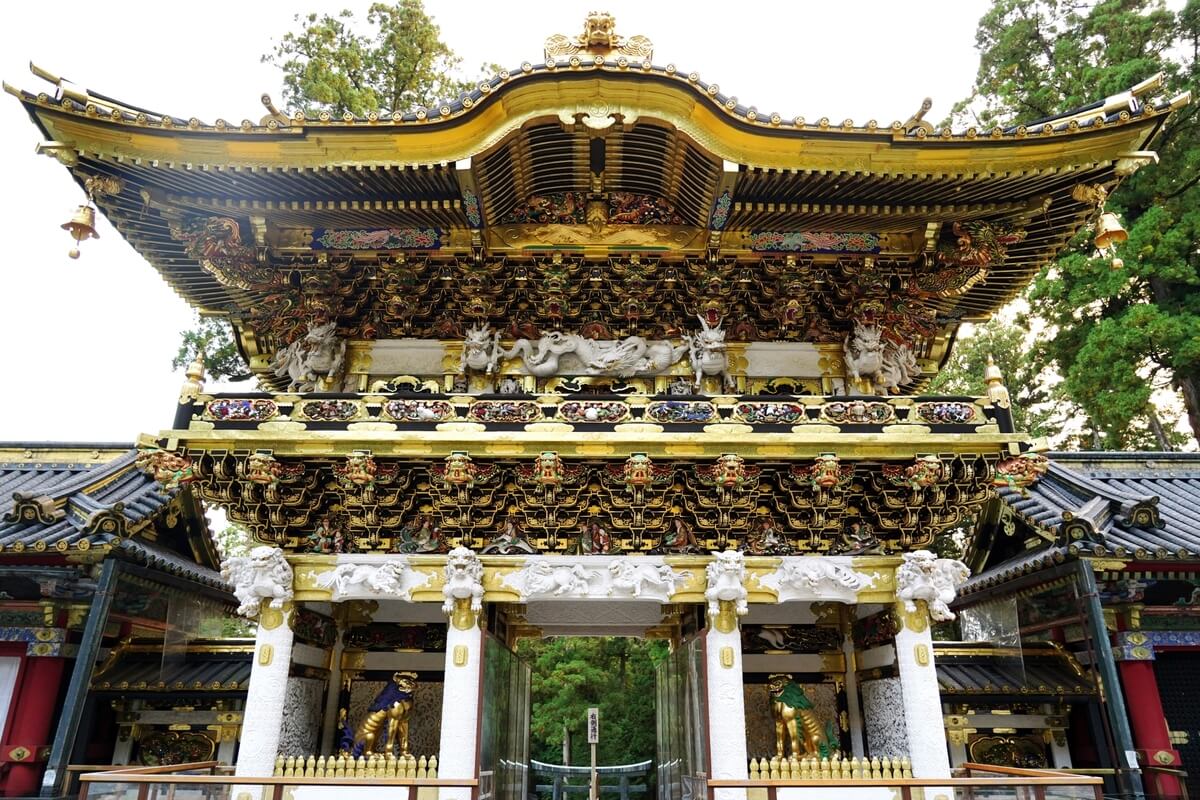
The shrine represents the World Heritage Site “Shrines and Temples of Nikko”. The shrine is dedicated to Tosho Daigongen, the deified deity of Tokugawa Ieyasu, the first shogun of the Edo Shogunate. The shrine grounds are lined with 55 buildings, including 8 national treasures and 34 important cultural properties. Highlights include a five-story pagoda, which is rare for a shrine, and various wooden statues of animals on the buildings. The “Shinkyusha,” or stable for horses that serve the gods, is decorated with carvings of the three monkeys, famous for their “see no evil, speak no evil, hear no evil” expressions. There is also a sculpture of a sleeping cat on the east corridor gate, which is said to express a wish for peace.

Click here for an article on Nikko Toshogu Shrine.
Kinugawa Onsen

Discovered in the Edo period (1603-1867), this is a historic hot spring that at that time only Buddhist monks and feudal lords on pilgrimages to Nikko were allowed to enter. It was opened to the public after the Meiji period (1868-1912) and developed into a large hot spring resort that attracts many tourists. The quality of the spring is alkaline simple hot spring, which is said to be good for neuralgia, stiff shoulders, recovery from fatigue, and health promotion, and is tasteless, odorless, and gentle on the skin. It is also said to be effective not only in beautifying the skin, but also in treating skin diseases and burns.
There are footbaths, theme parks, cafes, and other facilities, so it is fun to walk around the hot spring resort area.
Nikko Edo-mura
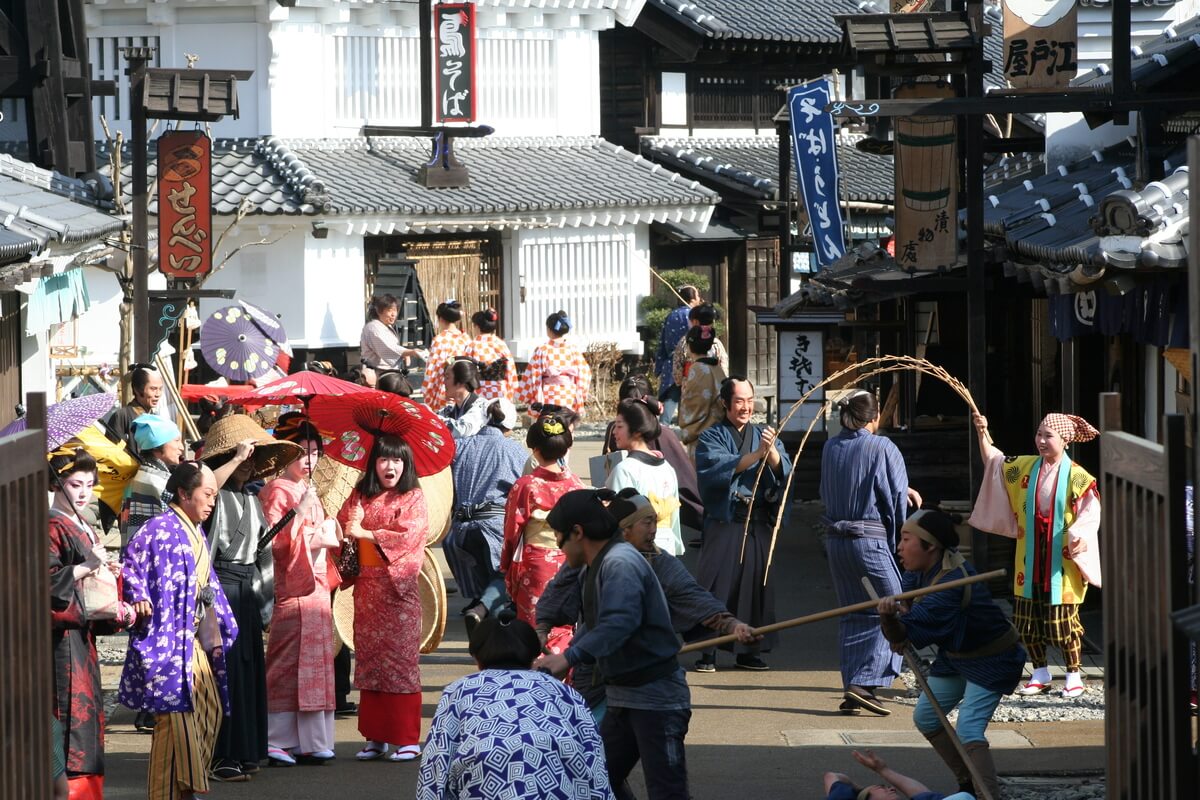
This theme park offers an extraordinary experience of a time-slip back to the Edo period.
On the expansive grounds, visitors can see realistic reproductions of streets, inns, merchant districts, ninja villages, samurai residences, and more. In addition to a theater where visitors can watch powerful ninja shows and other performances, and a museum that exhibits Edo culture and history, visitors can also experience “transformation,” dressing up in costumes and becoming a samurai or a courtesan. Why not become an Edo person and have your picture taken in the beautiful cityscape?
Beautiful autumn leaves spot
Kegon Falls
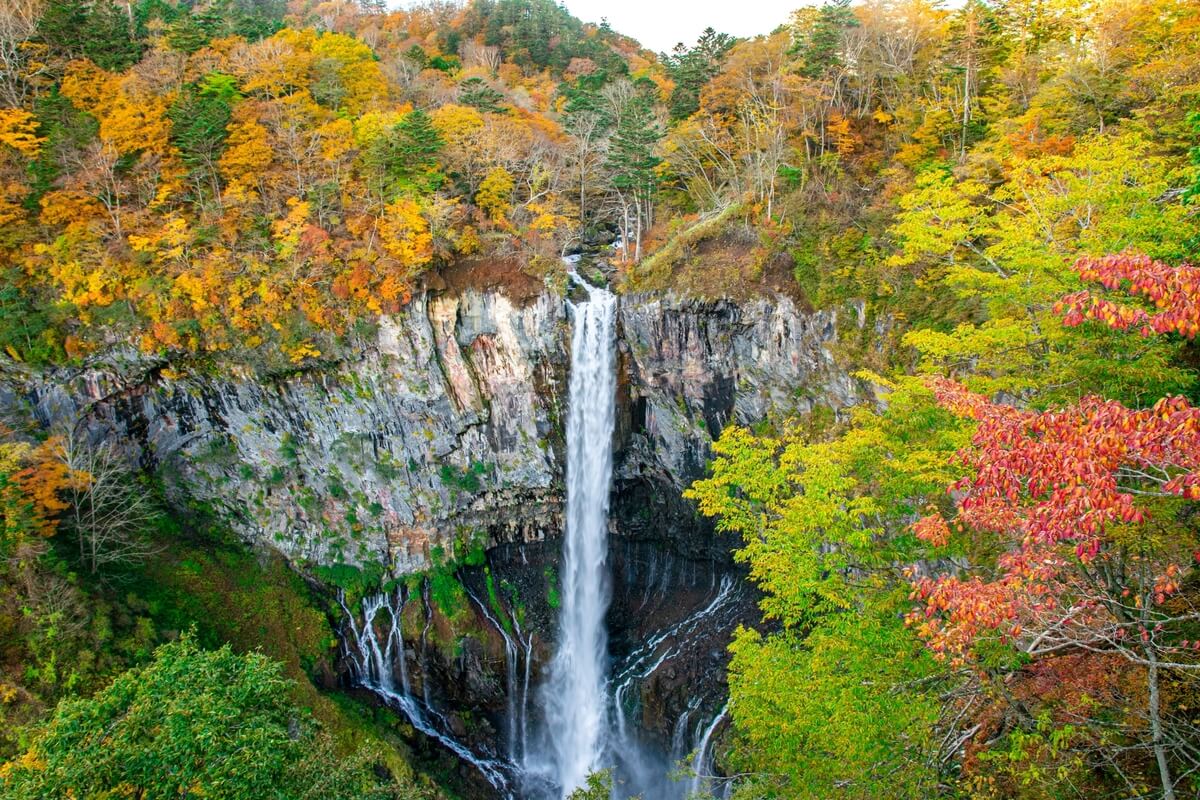
Kegon Falls is the most famous of Nikko’s many waterfalls. The water from Lake Chuzenji falls all the way down the 97-meter-high cliff, creating a spectacular waterfall that offers both the grandeur of nature and the beauty of its magnificent formations.
In October, the maple, azalea, mountain cherry, mizunara (Quercus crispula), and alder trees change color, providing a beautiful view of the powerful waterfall and autumn leaves.
Nikkosan Rinnoji Temple

Nikkosan Rinnoji Temple has a history of 1,250 years. It is one of the shrines and temples in Nikko and is known for its beautiful autumn foliage. Maples colorfully illuminate around a large pond in the center of Shoyoen, a Japanese garden created by Enshu Kobori, a landscape architect of the Edo period (1603-1868). Every year, the garden is illuminated for several days in October and November, offering a fantastic view of the autumn leaves.
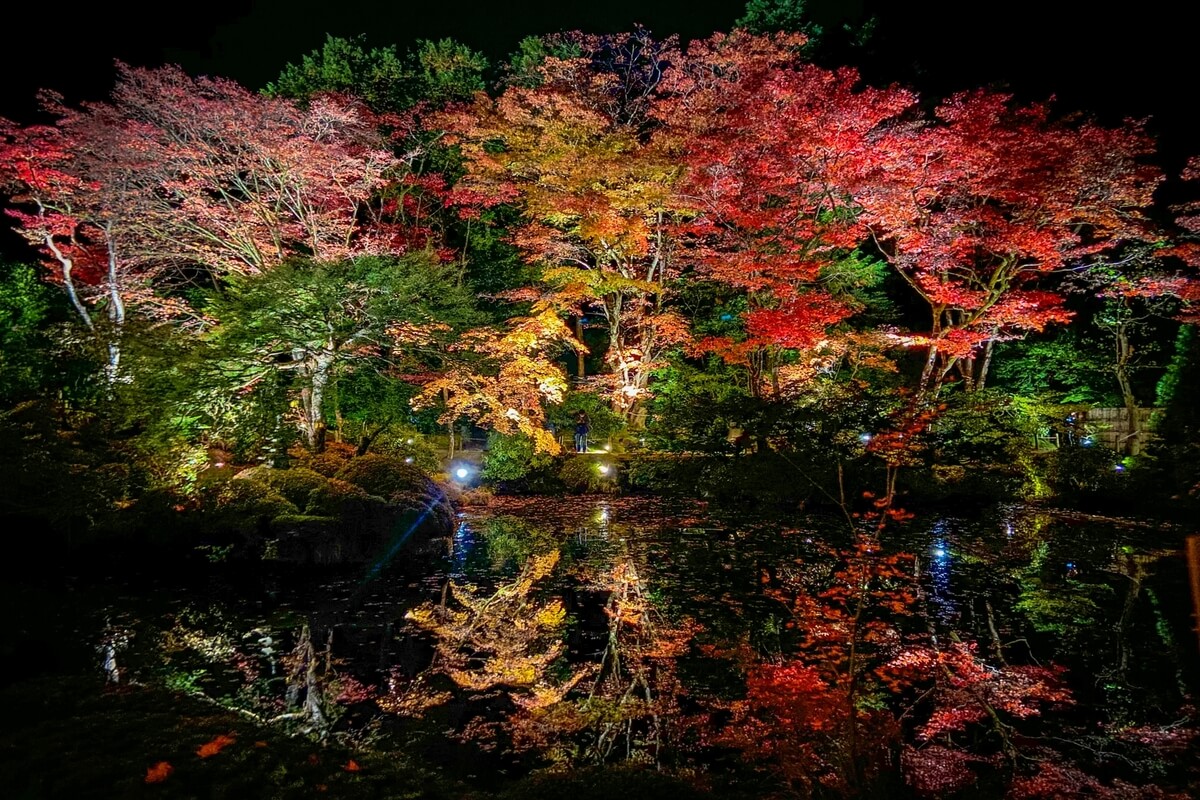
Nichien Momiji Line
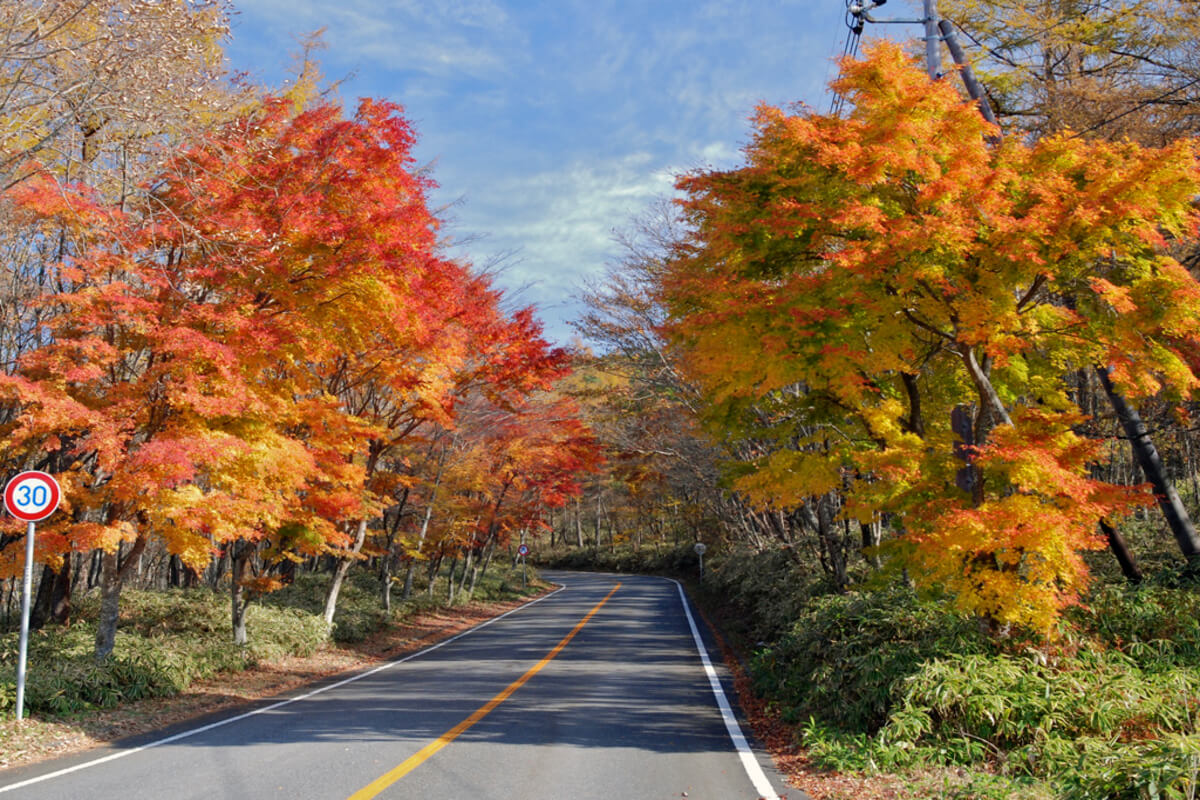
This 28-kilometer-long sightseeing road connects Kinugawa Onsen and Shiobara Onsen. It is a spot where visitors can enjoy the beautiful autumn leaves while driving. Usually, the leaves begin to change color in early October, and the best time to view them is around the end of October. Maples, beeches, katsura, shirakaba, oak, nanakamado (Japanese white ash), Japanese sumac, larch, ivy, and other trees turn bright red, orange, and yellow.
Souvenirs to buy in Nikko
Nikko-bori (Nikko woodcarving)

One of Nikko’s traditional crafts, Nikko carving uses horse chestnut, Japanese white cypress, and katsura, etc. It is said that the origin of Nikko carving dates back to 1634, when the third shogun, Tokugawa Iemitsu, rebuilt Toshogu Shrine, and carving carpenters were gathered from all over the country and carved in their spare time from their work.
Nikko-bori (Nikko woodcarving) uses a unique carving knife called “hikkaki” (also known as “Nikko triangular knife”), and is characterized by deeply carved, powerful-looking curves. A wide variety of Nikko carving piecess are available, including trays, tea sets, confectionery, namazu-plates, tables, and flower stands, making them ideal souvenirs.
Nikko Ningyo Yaki
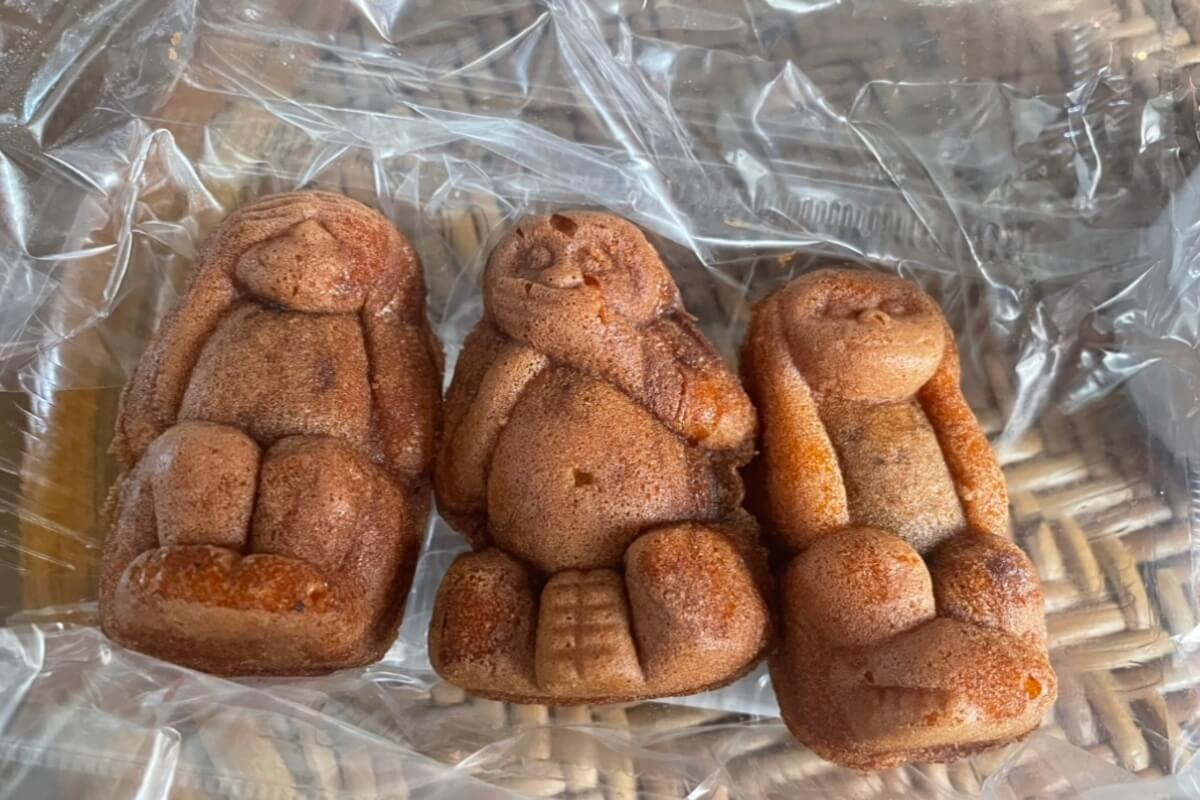
Ningyo-yaki is also known as “eating sculpture.” Ningyo-yaki is a traditional Japanese confectionery made by filling a sponge cake dough made of flour, eggs, and sugar with red bean paste and baking it in various molds. Nikko Ningyo-yaki features motifs such as “three monkeys” and “sleeping cats,” the famous sculptures of Nikko Toshogu Shrine, making it an artistic Japanese confectionery. It is delicious both freshly baked hot and eaten after it cools down.
Nikko Gourmet
Nikko Yuba
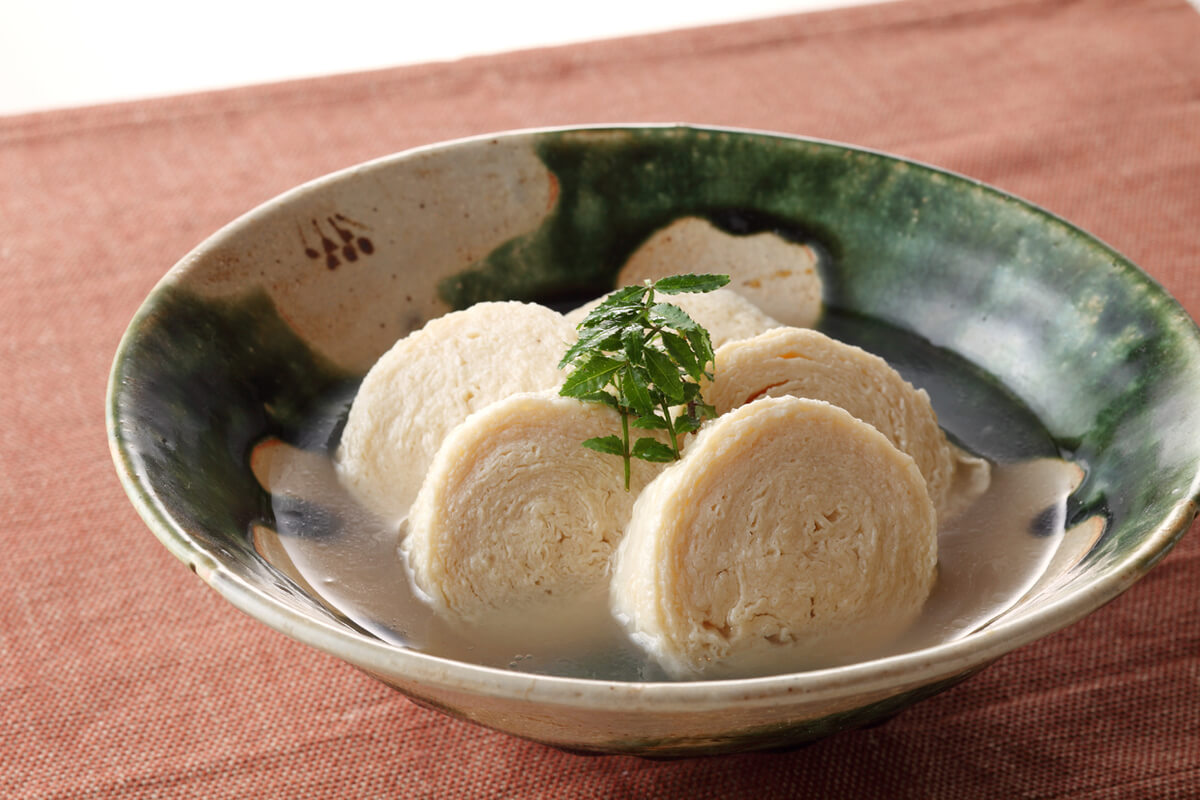
Nikko is one of the two major producers of yuba, along with Kyoto. Introduced by Chinese Zen monks, yuba was used in Kyoto’s vegetarian cuisine. After the establishment of Nikko, many monks who came to Nikko to practice Buddhism are said to have eaten yuba, which is rich in protein.
Incidentally, there is a difference between yuba in Kyoto and Nikko. Yuba is made by pulling up a thin film of soy milk when it is boiled. Kyoto yuba is made in one layer, while Nikko yuba is made in two layers with soy milk in between, making it thicker. In Nikko, yuba is served as the main ingredient in dishes such as boiled or sashimi.
Nikko Soba
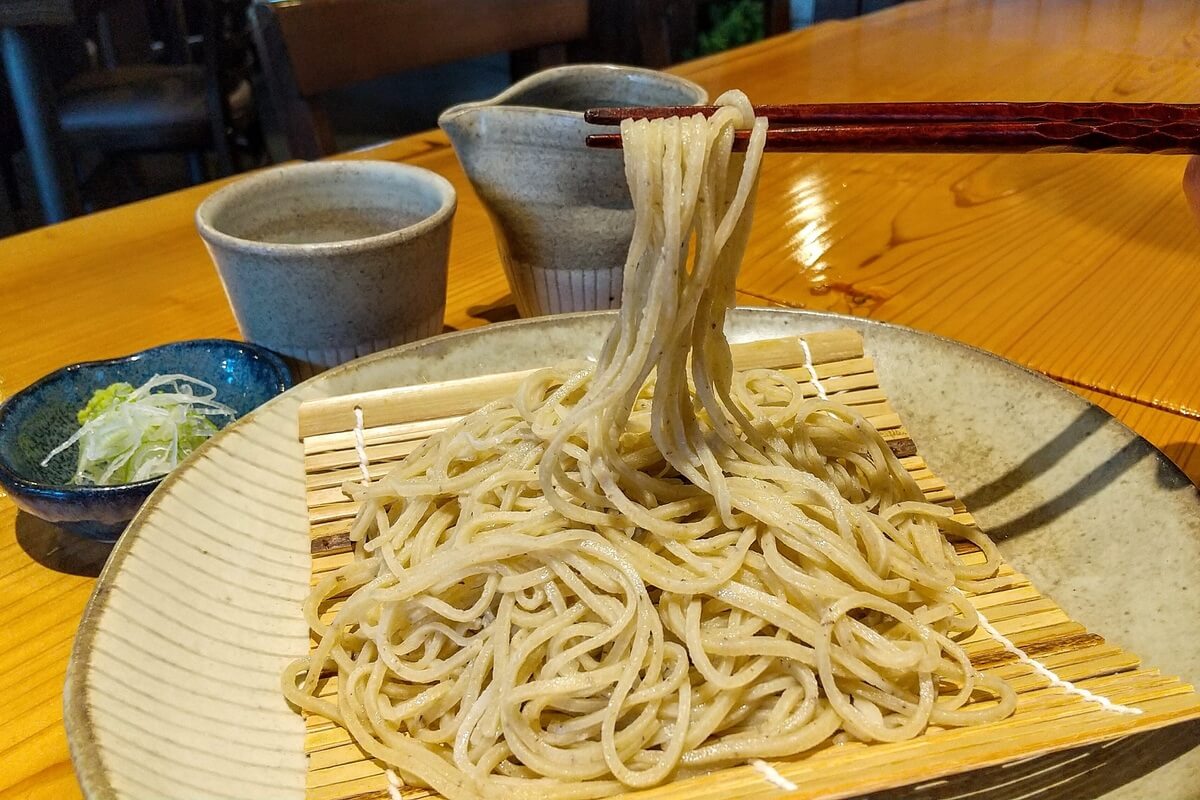
Known as “Nikko, the City of Soba,” handmade soba (buckwheat noodles) can be found throughout Nikko. Blessed with magnificent nature and clear streams flowing from beautiful mountains, Nikko is an ideal place for soba production. The combination of these factors and the refined skills of soba craftsmen make Nikko famous for its high-quality, aromatic soba.
There are more than 100 soba restaurants in Nikko, each serving their own specialties.
With its majestic mountains and temples deeply connected, Nikko was a historically important place that supported the Edo Shogunate and the Tokugawa family. With its many attractive spots, visitors can enjoy beautiful scenery and food while experiencing history. The upcoming foliage season is a particularly good time to visit Nikko.
